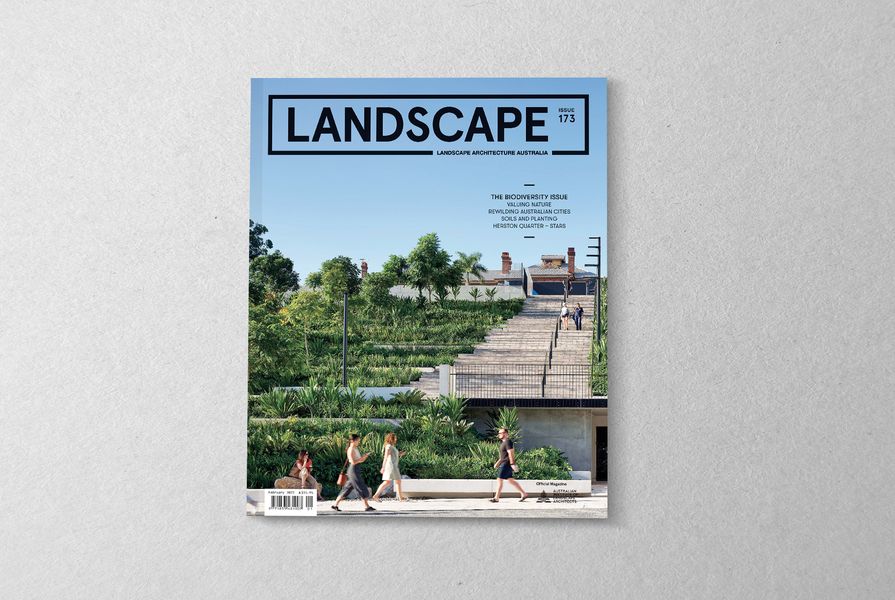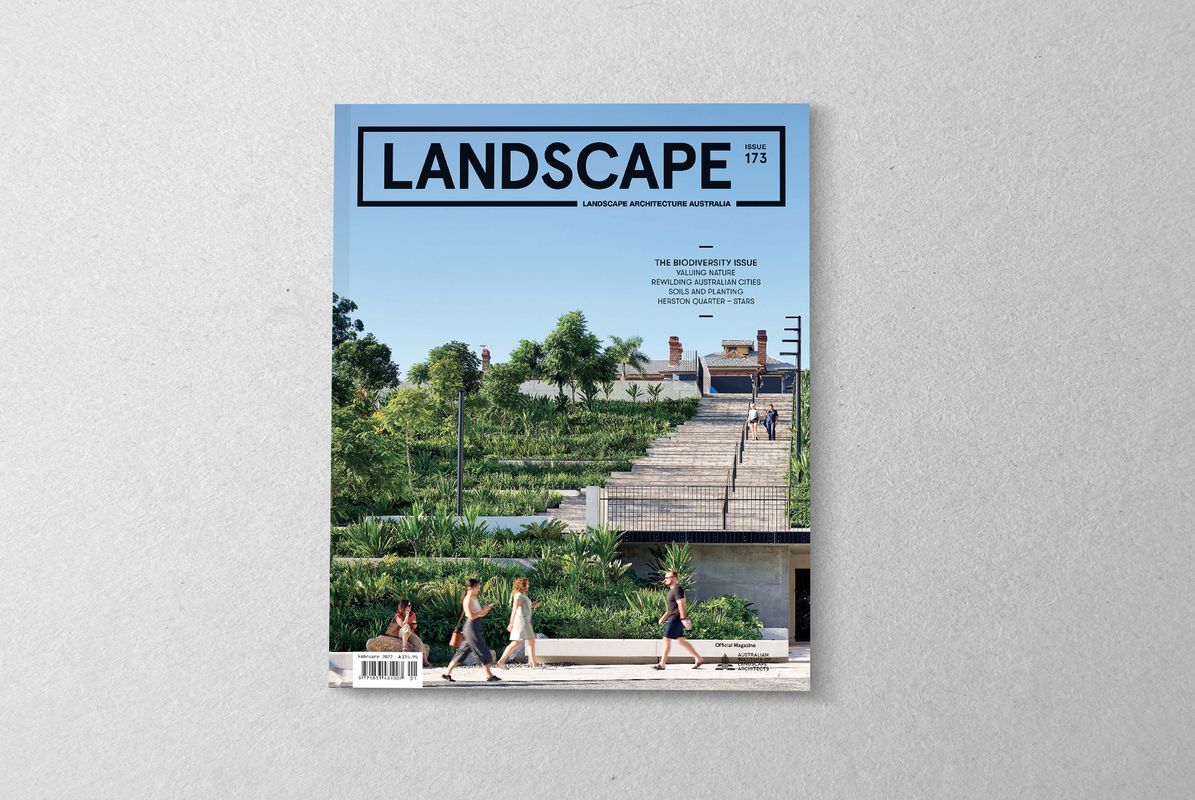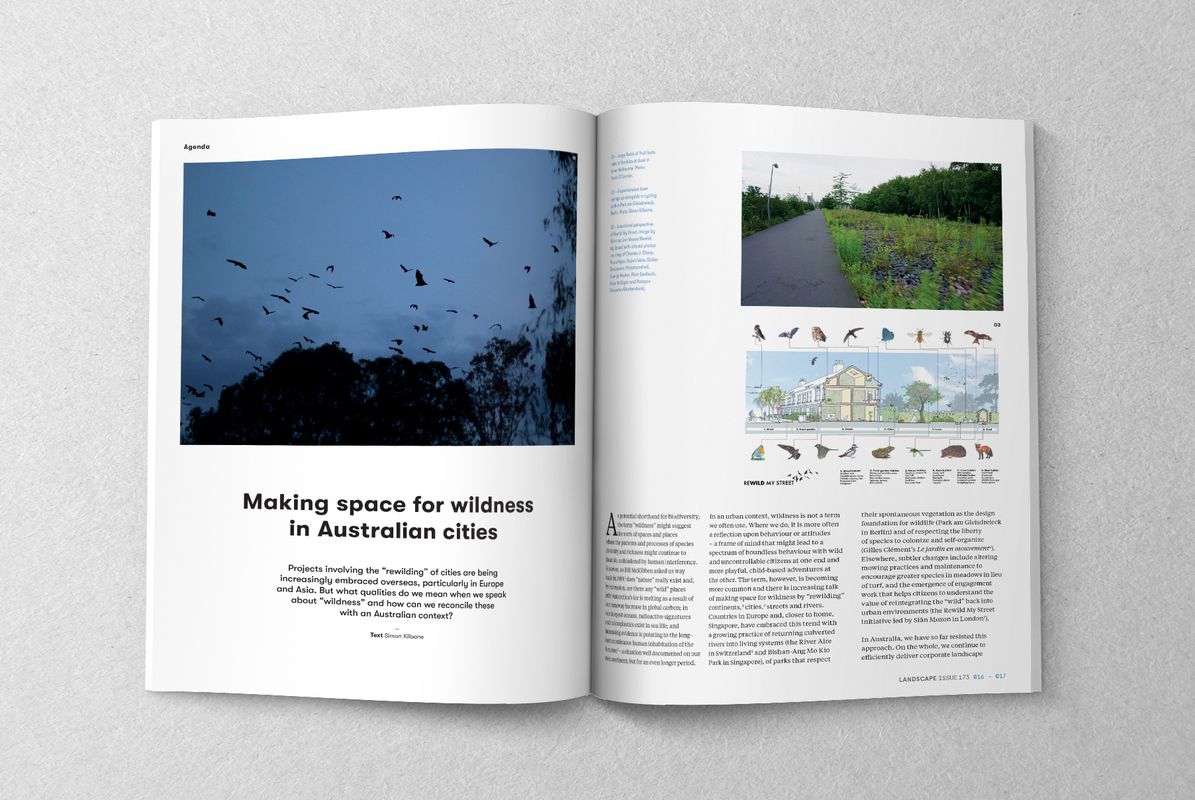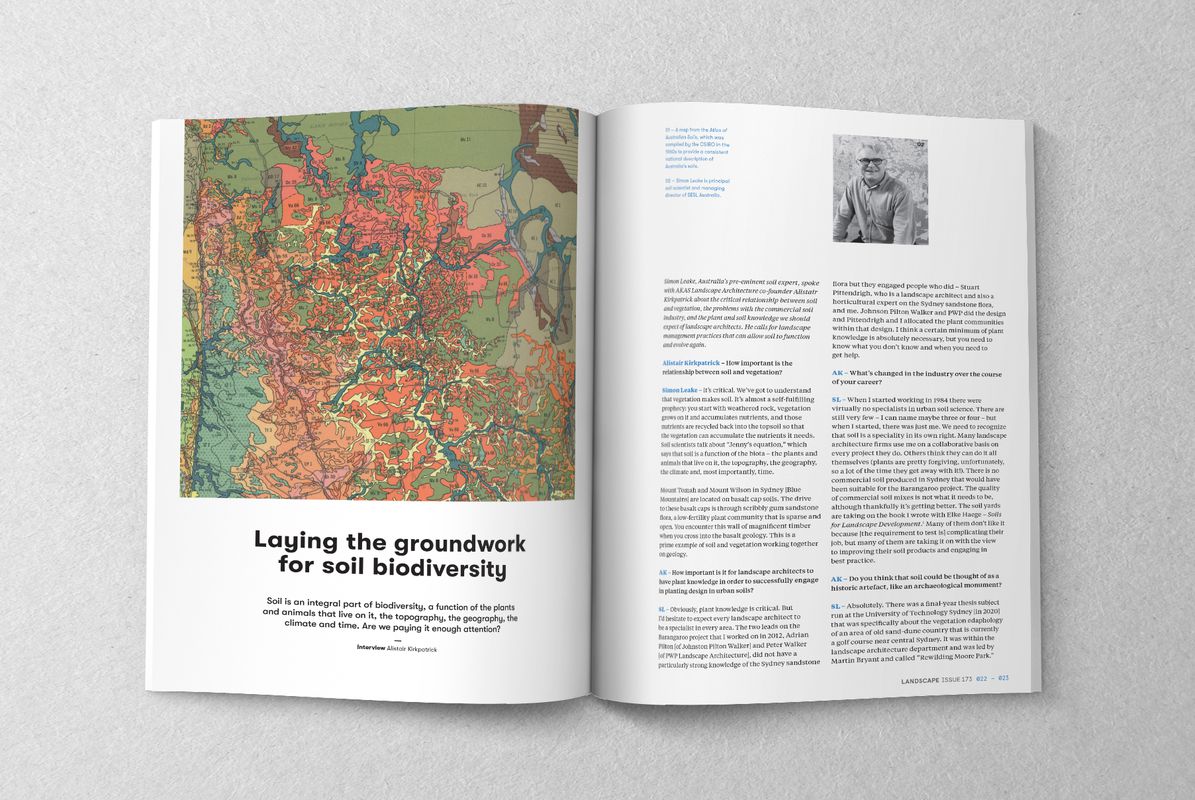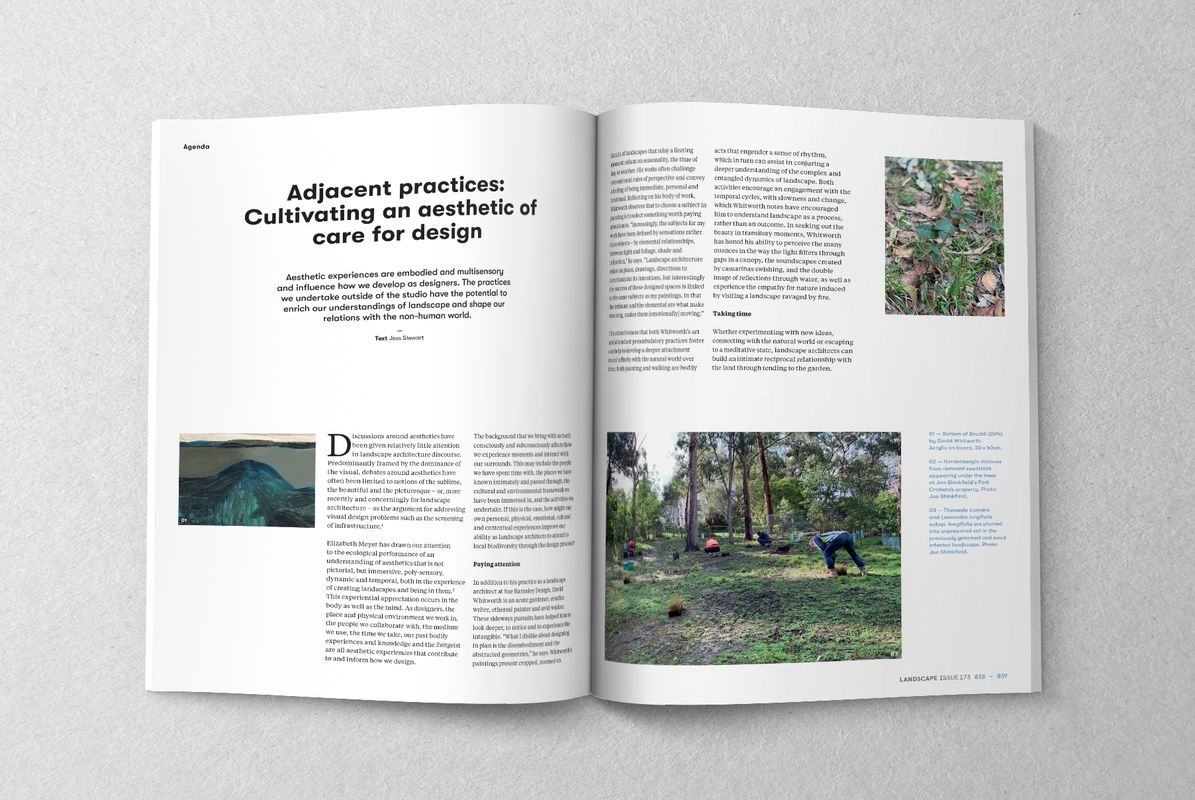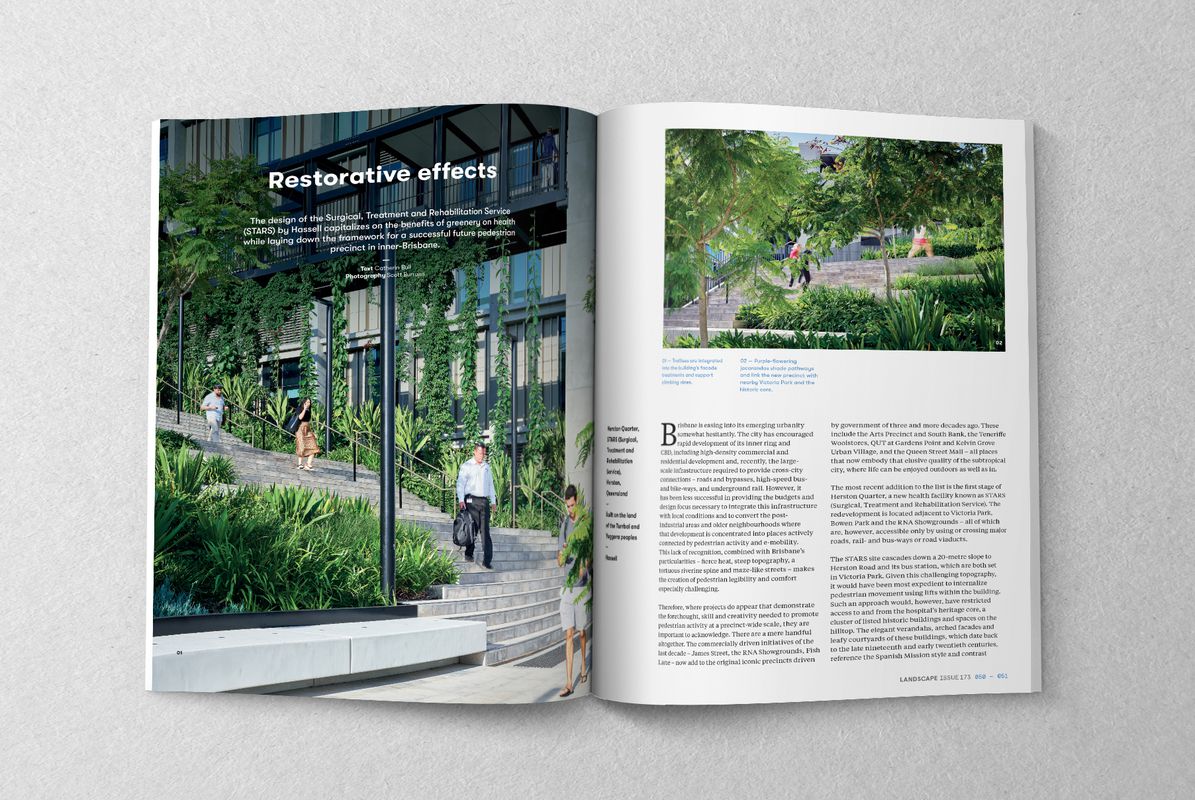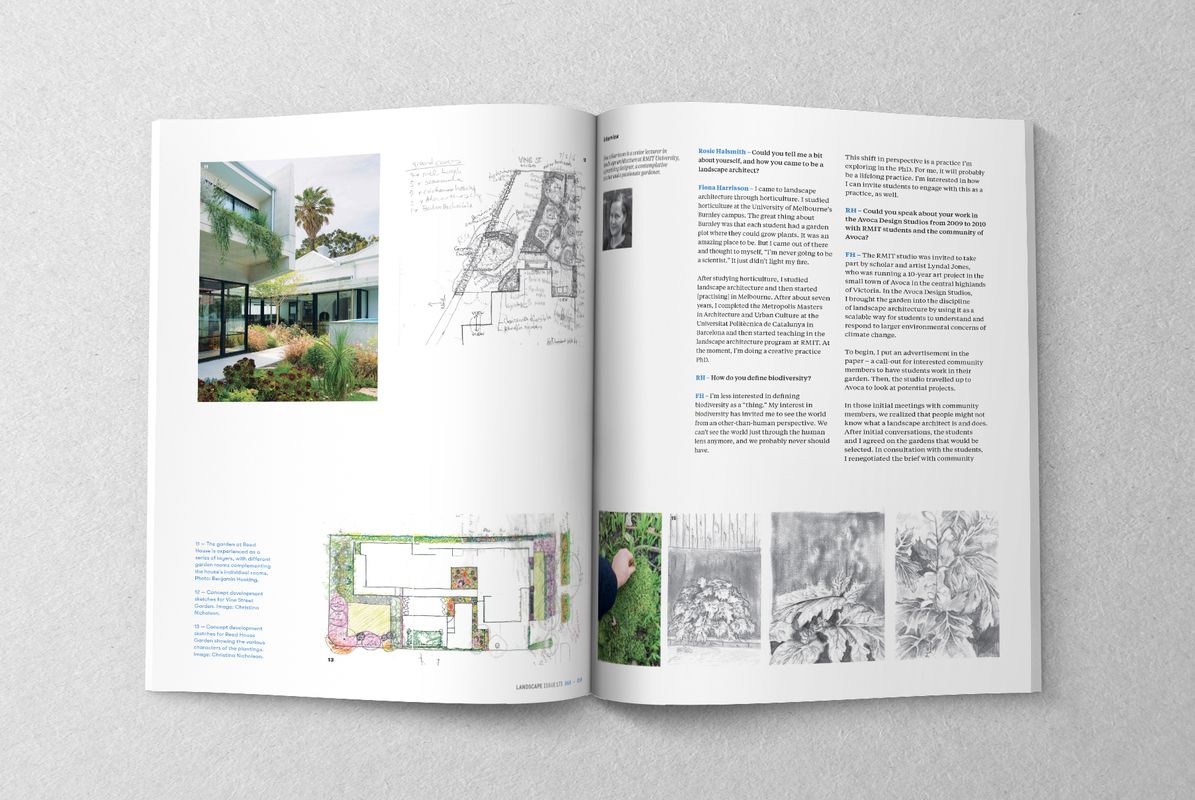The year 2021 was a significant one – a year of setbacks and gains, revelations and compromises. In August, as this first issue for 2022 was being commissioned, the release of the UN Intergovernmental Panel on Climate Change (IPCC)’s Sixth Assessment Report, stressing human responsibility for climate change, was released. November saw the holding of the highly significant 2021 United Nations Climate Change Conference of the Parties (COP26) in Glasgow, which, while conditional on the manifestation of action, managed to maintain hope for limiting our planetary warming. As we push forward into 2022, translating commitments into action and progressing further aspirations will be an enormous challenge, both within and beyond our profession.
This February issue of the magazine looks at different ways that landscape architects are approaching the need and desire to design for biodiversity in their various practices.
Alistair Kirkpatrick discusses ways to foster soil biodiversity, and the crucial relationship between soil and planting, with renowned soil scientist Simon Leake; Noel Corkery unpacks the issues surrounding biodiversity offset programs and questions how we go about valuing nature; and Simon Kilbane considers the accelerating movement towards “rewilding” cities and what forms this might take in an Australian context.
We also include an article by Jess Stewart, who examines the value of aesthetic experiences and how these can shape how we relate to the natural world.
Our project review for this issue evaluates the Surgical, Treatment and Rehabilitation Service (STARS) building at Herston Quarter in Brisbane, where the positive health effects of greenery have been carefully considered in both the design of the building’s interior landscapes and in the development of the wider public realm.
Beyond public institutions, though, the benefits of greenery are perhaps most keenly appreciated at the domestic scale, where we come into daily contact with nature through our streets, backyards and gardens. As Christina Nicholson says in her interview on page 68 [“Botanical pursuits”], in addition to designing for the more-than-human, “Biodiversity is [also about] human interactions with plants and layering life with the little rituals that connect people to nature.” Nicholson joins Robyn Barlow and Fiona Harrisson to discuss approaches to designing for biodiversity at the residential scale that encompass both teaching and studio practice.
Beyond our profession, it is now widely acknowledged that there is significant urgency around the need to foster and repair the natural systems that support us and all forms of life on earth. By presenting a snapshot of some of the work going on in our profession, we hope to spark more productive debate around this topic as our knowledge, skills and approaches continue to evolve.
– Emily Wong, editor
In this issue:
- Viewpoint. A message from AILA National Director, Jasmine Ong.
- Making space for wildness. How can we approach rewilding cities in an Australian context? Article by Simon Kilbane.
- Laying the groundwork. Soil is an integral part of biodiversity. Are we paying it enough attention? Interview with Simon Leake by Alistair Kirkpatrick.
- Valuing nature. Evaluating the New South Wales government’s Biodiversity Offsets Scheme. Article by Noel Corkery.
- Billilia and the Boomerang Billabong. A project in south-west NSW explores regenerative landscape approaches through Country. Article by Jock Gilbert, Charles Massey, Sophia Pearce, Albert Rex and Tom Flugge.
- Adjacent practices. Cultivating a deeper attentiveness to the natural world beyond the office. Article by Jess Stewart.
- A black swan event? A new haven for the iconic Maali is a critical step in restoring the habitat of the Swan River. Article by Daniel Jan Martin and Liam Mouritz.
- Restorative effects. The first stage of a new health precinct in Brisbane capitalizes on the many benefits of greenery. Review by Catherin Bull.
- Shifting ecologies at the city fringe. How can landscape architects create ecological depth in peri-urban developments? Article by John Mongard.
- Botanical pursuits. Robyn Barlow, Christina Nicholson and Fiona Harrisson discuss designing for biodiversity at the garden scale. Interviews by Rosie Halsmith.
- COP26 conference. Claire Martin dissects the outcomes of COP26 held in Glasgow in November. Article by Claire Martin.
-
Spectacle and collapse. A reflection on the 2021 Festival of Landscape Architecture held in Perth and online. Review by Julian Raxworthy.
-
Blueprint for Coastal Adaptation. A recent book provides insights into how we can shape and manage our coastal regions to respond to climate change risks. Review by Rosalea Monacella.
Source
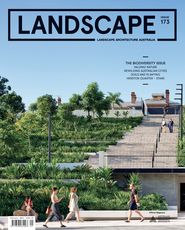
News
Published online: 23 Jan 2022
Words:
Emily Wong
Images:
(cover) Scott Burrows
Issue
Landscape Architecture Australia, February 2022

